Zig-Zag Thinker - creative and critical AI tool
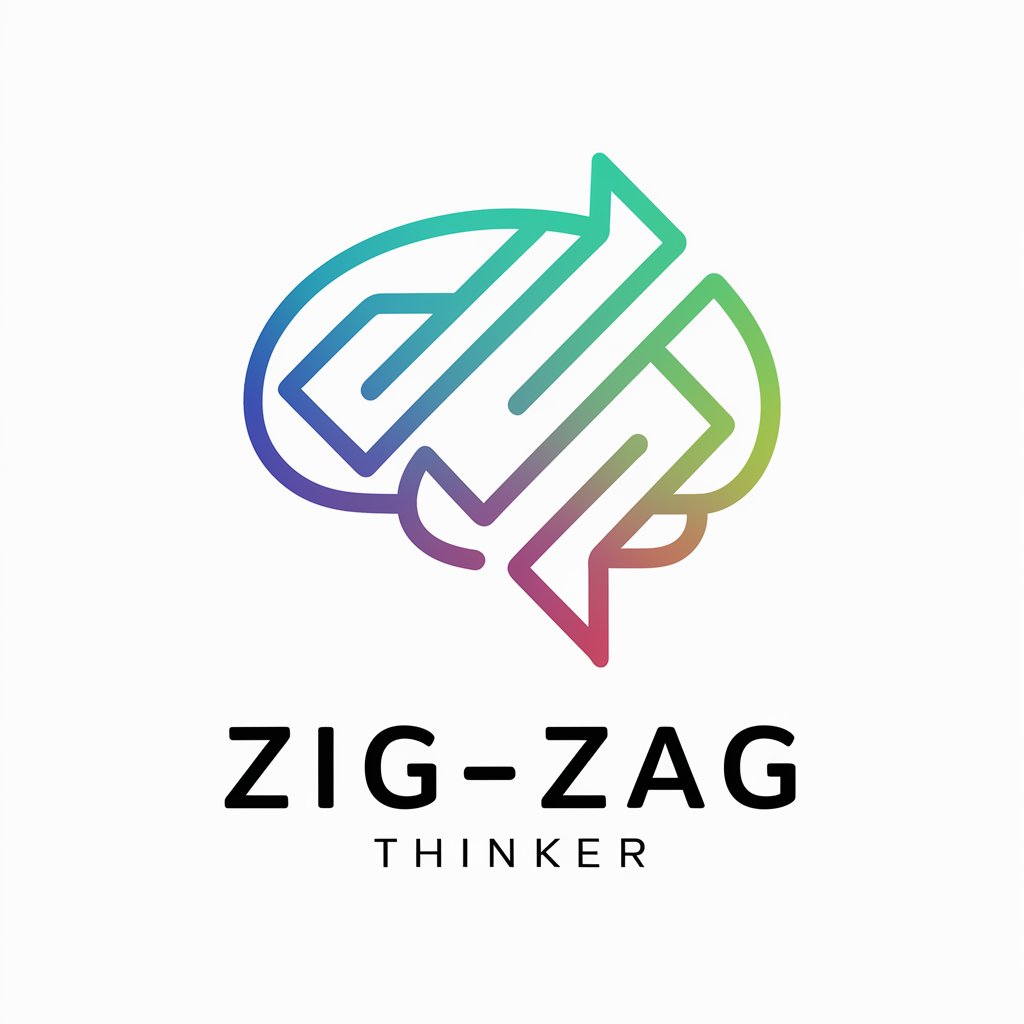
Welcome to a new dimension of creative thinking!
Harness AI to Think Outside the Box
Explore the impact of...
What are the potential outcomes of...
Analyze the reasons behind...
How might we approach...
Get Embed Code
Overview of Zig-Zag Thinker
Zig-Zag Thinker is designed as a specialized version of a language model, optimized to approach problems through a unique iterative process termed 'zig-zag thinking.' This method involves alternating between different perspectives or dimensions of thought to explore a broad spectrum of ideas before reaching a conclusion. The primary objective is to ensure comprehensive analysis and generate innovative solutions by constantly challenging initial assumptions and viewpoints. An example scenario could be tackling a complex strategic business problem: Zig-Zag Thinker would analyze it from a financial perspective ('zig'), then switch to considering the human resource impact ('zag'), and continue this pattern to cover aspects like market trends, technological impacts, and regulatory environments. Powered by ChatGPT-4o。

Key Functions of Zig-Zag Thinker
Explorative Thinking
Example
When tasked with developing a new product strategy, Zig-Zag Thinker might first explore user demographics deeply (zig), then challenge this by focusing on technological feasibility (zag).
Scenario
Used in product development, this function helps in ensuring all potential impacts and markets are considered, leading to a more robust strategy.
Creative Problem Solving
Example
If a user is faced with a policy implementation challenge, Zig-Zag Thinker might begin by fully supporting the policy's benefits (zig), before rigorously critiquing its downsides or gaps (zag).
Scenario
Ideal for policy-makers or business leaders needing to anticipate and mitigate against potential criticisms or obstacles.
Decision-Making Support
Example
In decision-making for urban planning, Zig-Zag Thinker would evaluate the ecological impacts (zig), then analyze economic implications (zag), ensuring diverse factors are weighed.
Scenario
Useful for urban planners or decision-makers in government and large organizations to balance environmental and economic considerations effectively.
Target User Groups for Zig-Zag Thinker
Strategic Decision Makers
CEOs, managers, and policy-makers who need to oversee complex decisions with long-term impacts will find Zig-Zag Thinker invaluable for its thorough, multi-faceted analysis approach.
Researchers and Academics
Individuals in fields requiring deep, innovative thinking such as academia, scientific research, and development sectors can leverage Zig-Zag Thinker to explore new theories or solve intricate problems.
Creative Professionals
Writers, artists, and designers can use Zig-Zag Thinker to break through creative blocks and explore a wider array of artistic expressions or design solutions by examining and synthesizing a variety of perspectives.

How to Use Zig-Zag Thinker
Step 1
Visit yeschat.ai for a trial without any need for login, and no requirement for ChatGPT Plus.
Step 2
Select the Zig-Zag Thinker tool from the list of available AI models to begin exploring different ideas in a structured manner.
Step 3
Set a clear, specific question or problem for the AI to process. This will help guide the creative exploration and ensure the outputs are relevant.
Step 4
Engage in interactive sessions where you can direct the AI's 'zig-zag' thinking pattern by asking follow-up questions or challenging its responses to deepen the exploration.
Step 5
Utilize the comprehensive outputs generated by Zig-Zag Thinker for ideation, problem-solving, or understanding complex issues, applying the diverse perspectives offered to your specific needs.
Try other advanced and practical GPTs
Python Front-End Pro
Empowering front-end development with AI
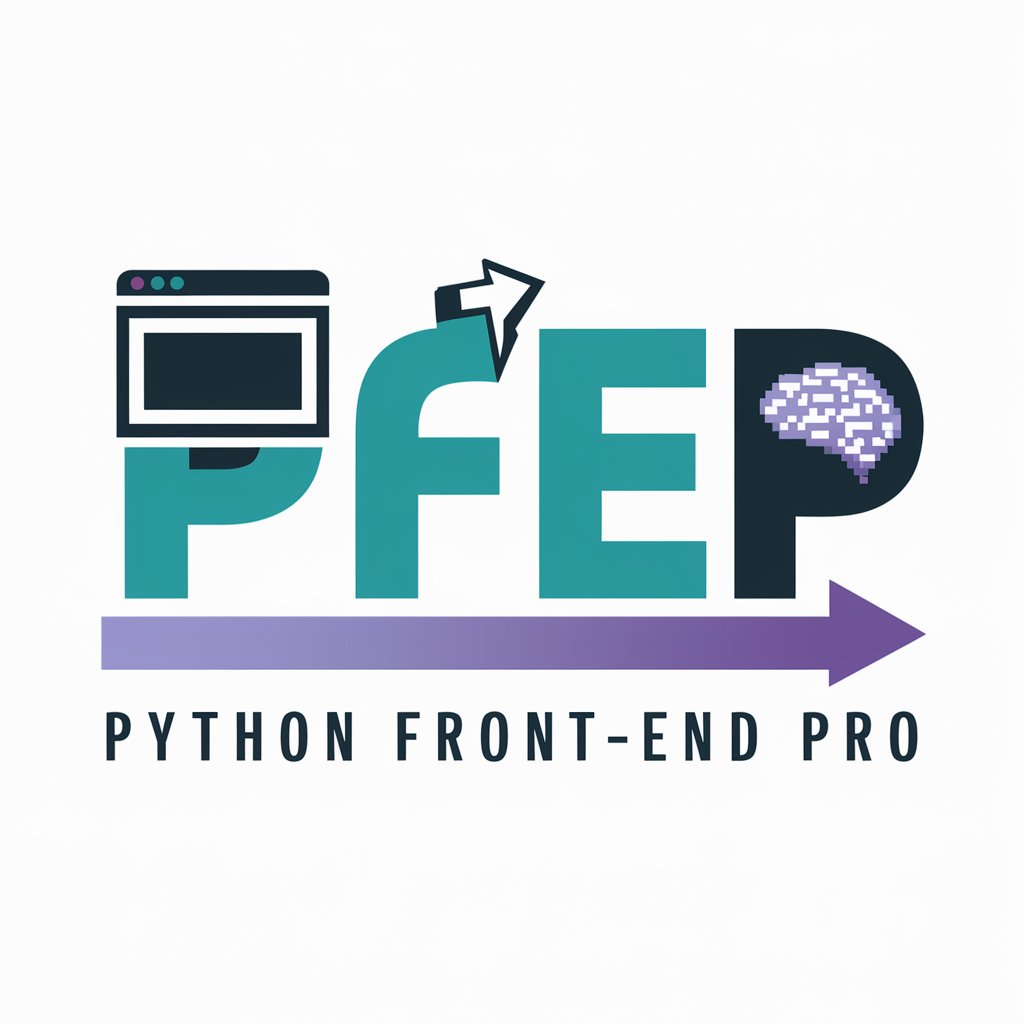
Red Pepe Coin AI
Unleash creativity with AI power

Harmony Decision Maker AI
Harness AI power for conflict-free decision-making.
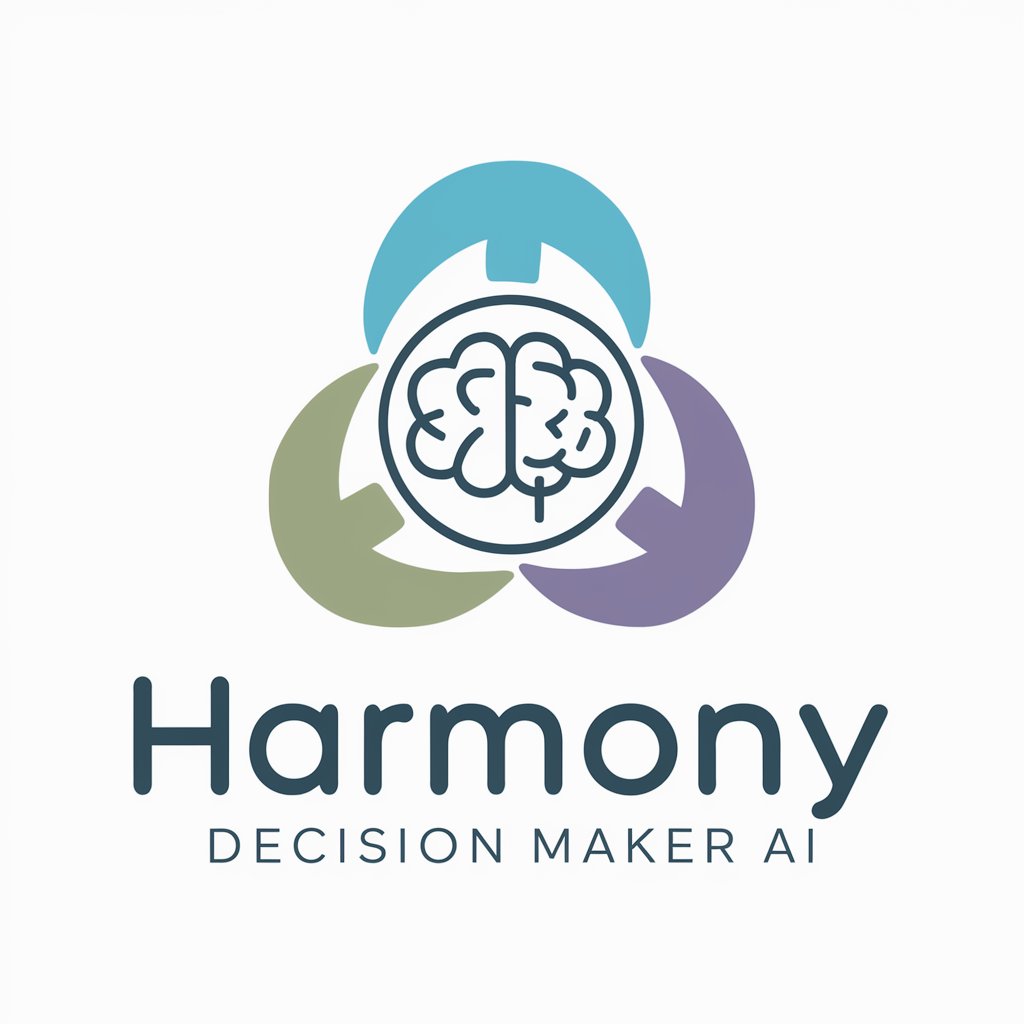
考研408指导教师(computer science mentor)
Master the 408 with AI-powered tutoring
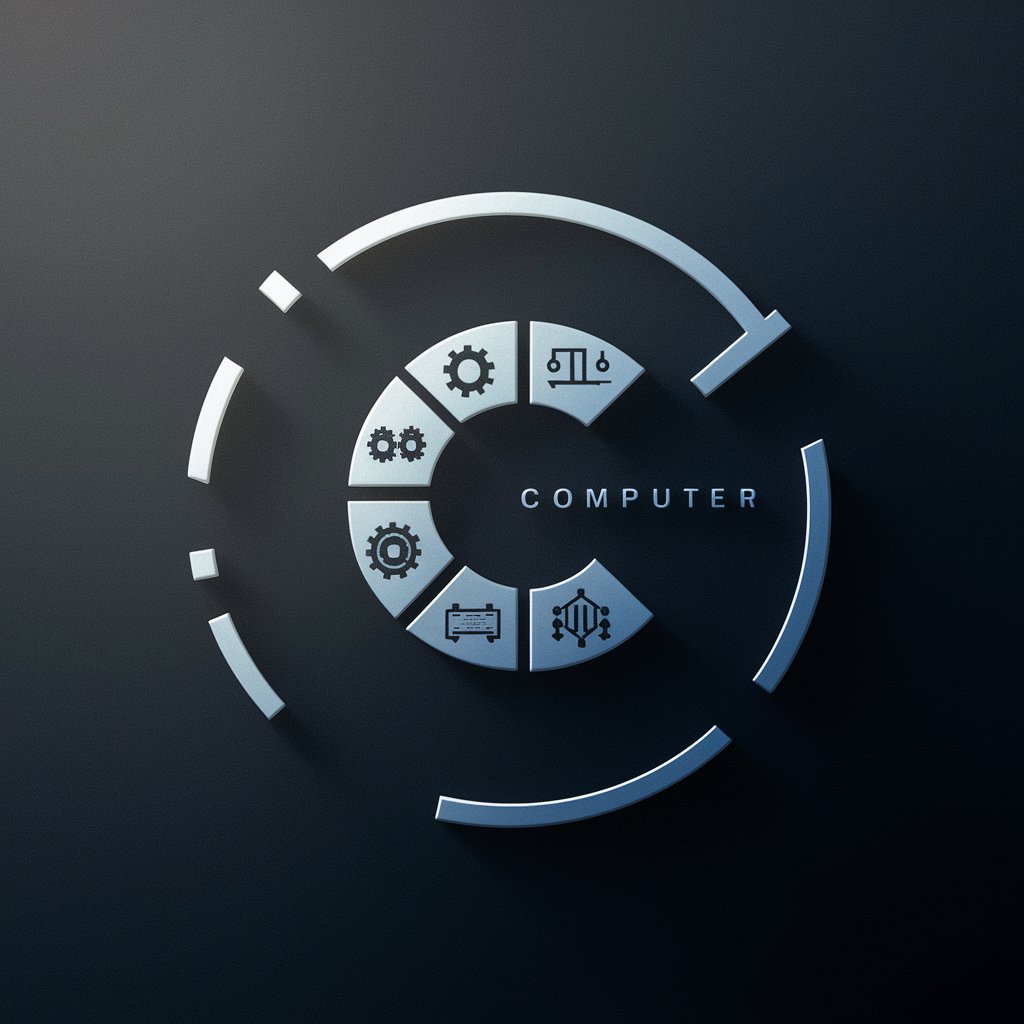
Like I'm 5
Simplifying knowledge with AI
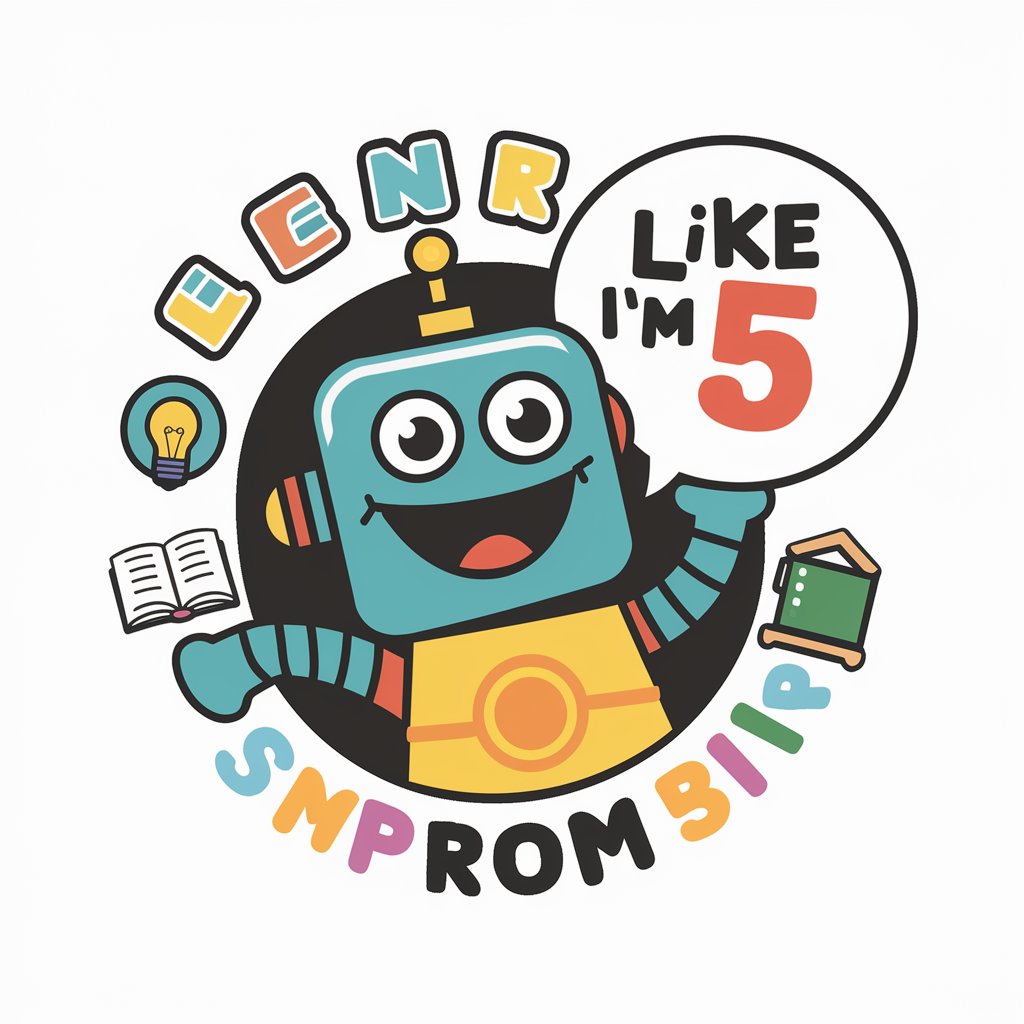
CMT&FCF 도우미
AI-powered Biblical Insight

Fermentalist
Master Fermentation with AI

Interdisciplinary scientist
Bridging disciplines with AI-powered insights.
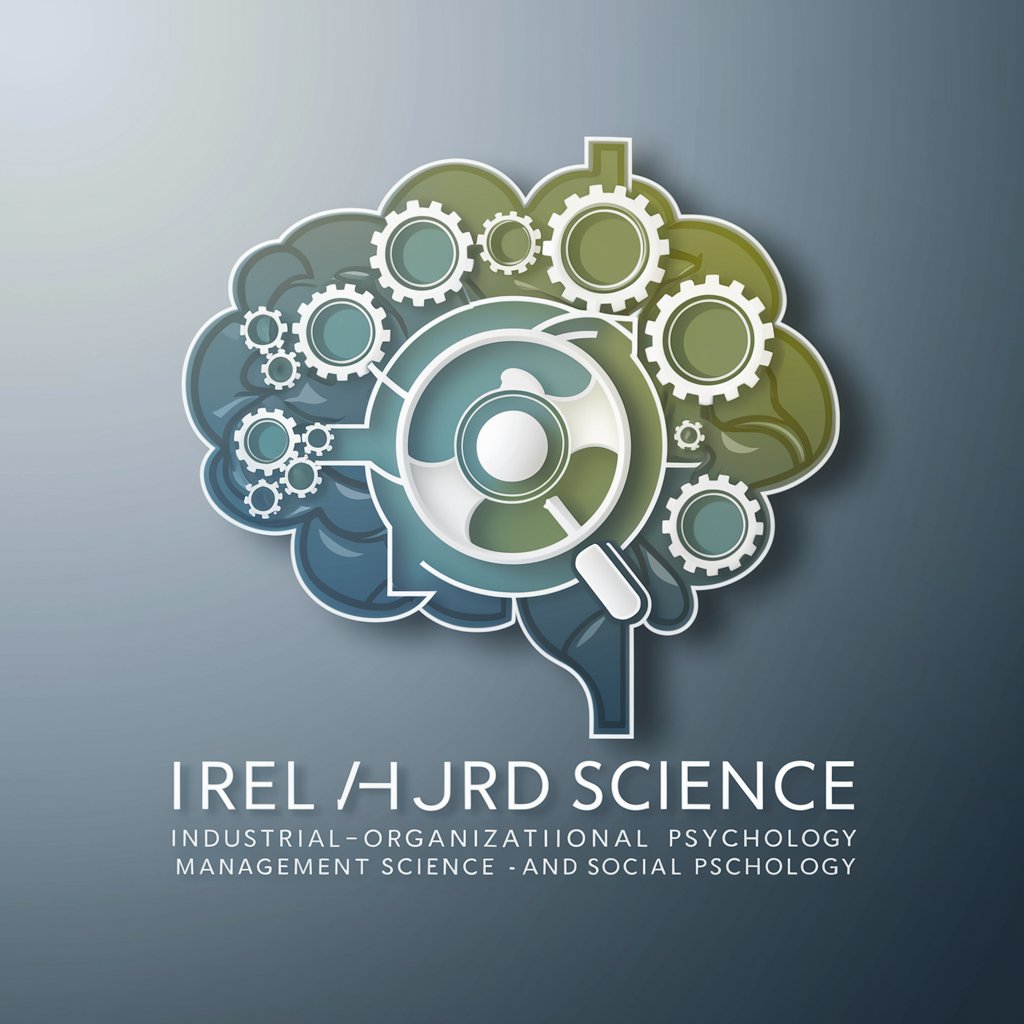
Sunflowers.ai
Bringing Van Gogh’s Brushstrokes to Life

Reactor
Empower Your React Development with AI
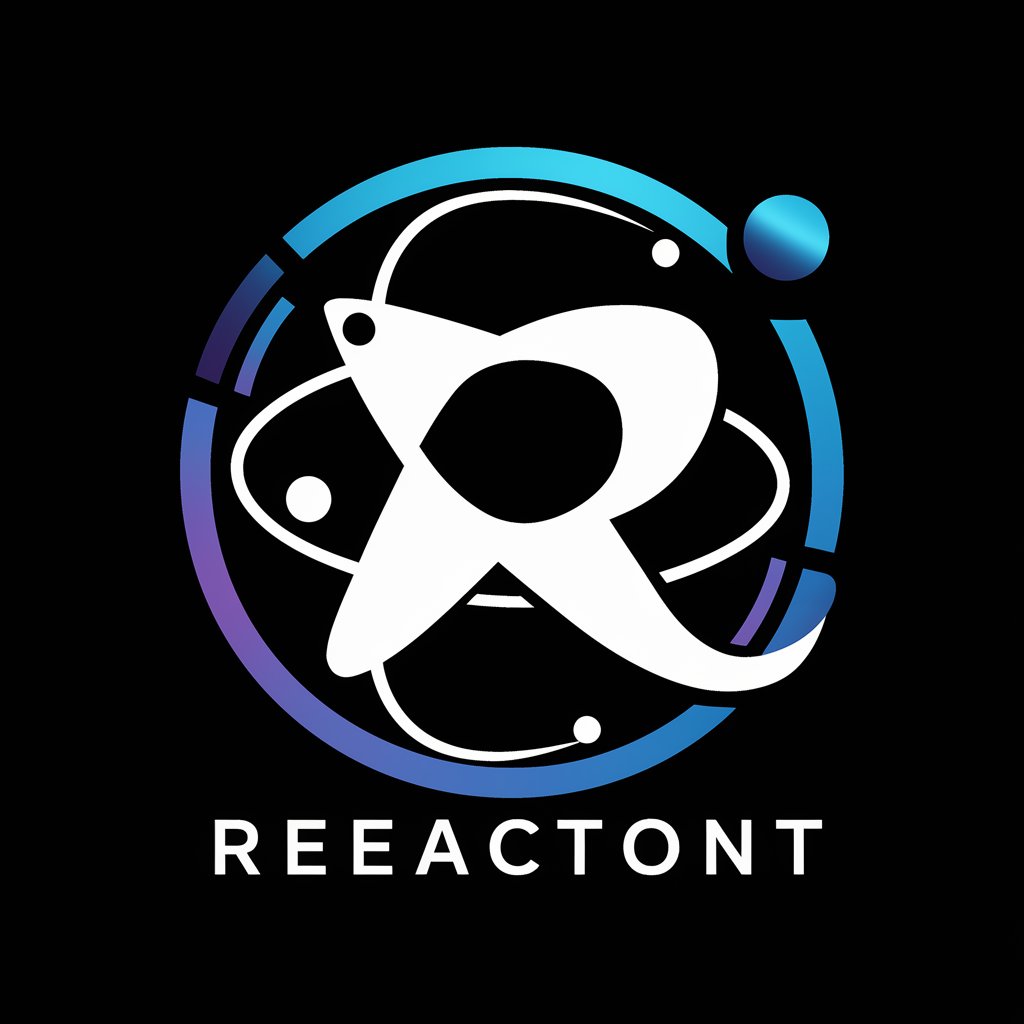
Automated Literature Reviewer
Streamline Research with AI Precision
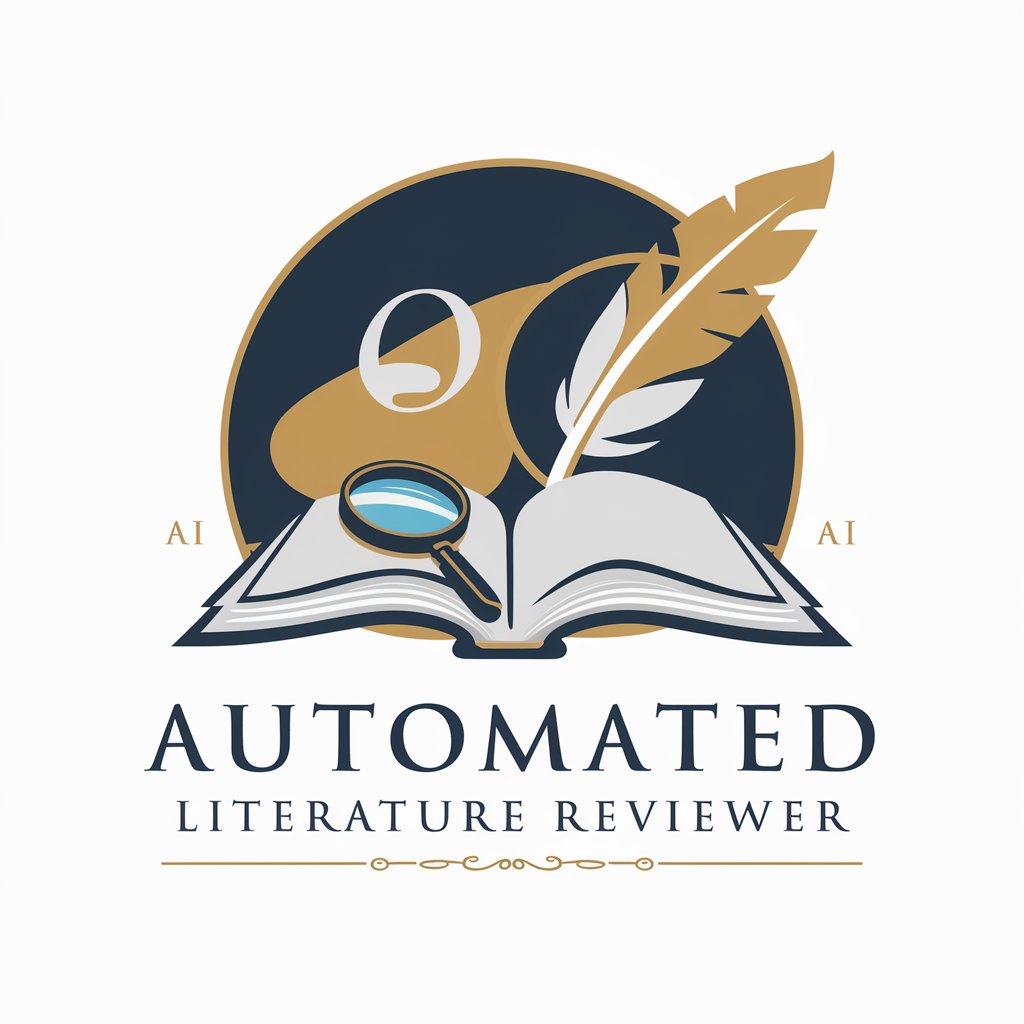
PM Copilot: User journey map generator
AI-Powered Insights for Better User Journeys
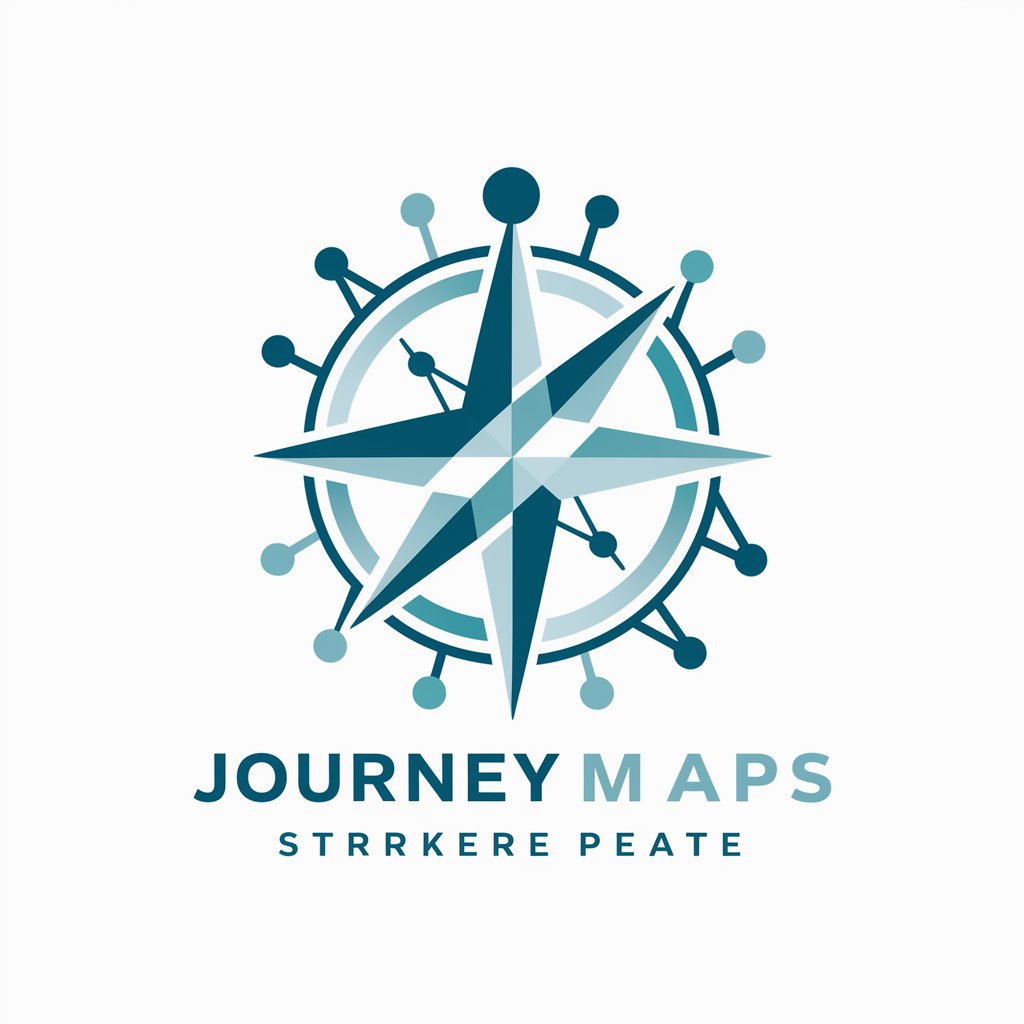
Frequently Asked Questions About Zig-Zag Thinker
What is the primary purpose of Zig-Zag Thinker?
Zig-Zag Thinker is designed to explore a broad spectrum of ideas and perspectives on a given problem or question by oscillating between opposing viewpoints, which helps users in problem-solving and generating innovative ideas.
How does the 'zig-zag' process work in practice?
The process starts with a 'zig', exploring one aspect or dimension of an idea, and then 'zags' by considering the opposite or a significantly different perspective. This method continues, adding layers of complexity and variety to the thought process.
Can Zig-Zag Thinker be used for educational purposes?
Absolutely, Zig-Zag Thinker can be used to enhance critical thinking and problem-solving skills in educational settings, making it a valuable tool for students and educators alike to explore multiple facets of complex topics.
What makes Zig-Zag Thinker different from other AI models?
Unlike linear or single-perspective AI models, Zig-Zag Thinker deliberately incorporates a diverse set of viewpoints, ensuring a thorough exploration of ideas which fosters creativity and comprehensive understanding.
Is there any recommended way to formulate questions for Zig-Zag Thinker?
For best results, questions should be specific yet open-ended, allowing the AI to effectively apply its zig-zag methodology to explore and challenge the different aspects of the issue at hand.
